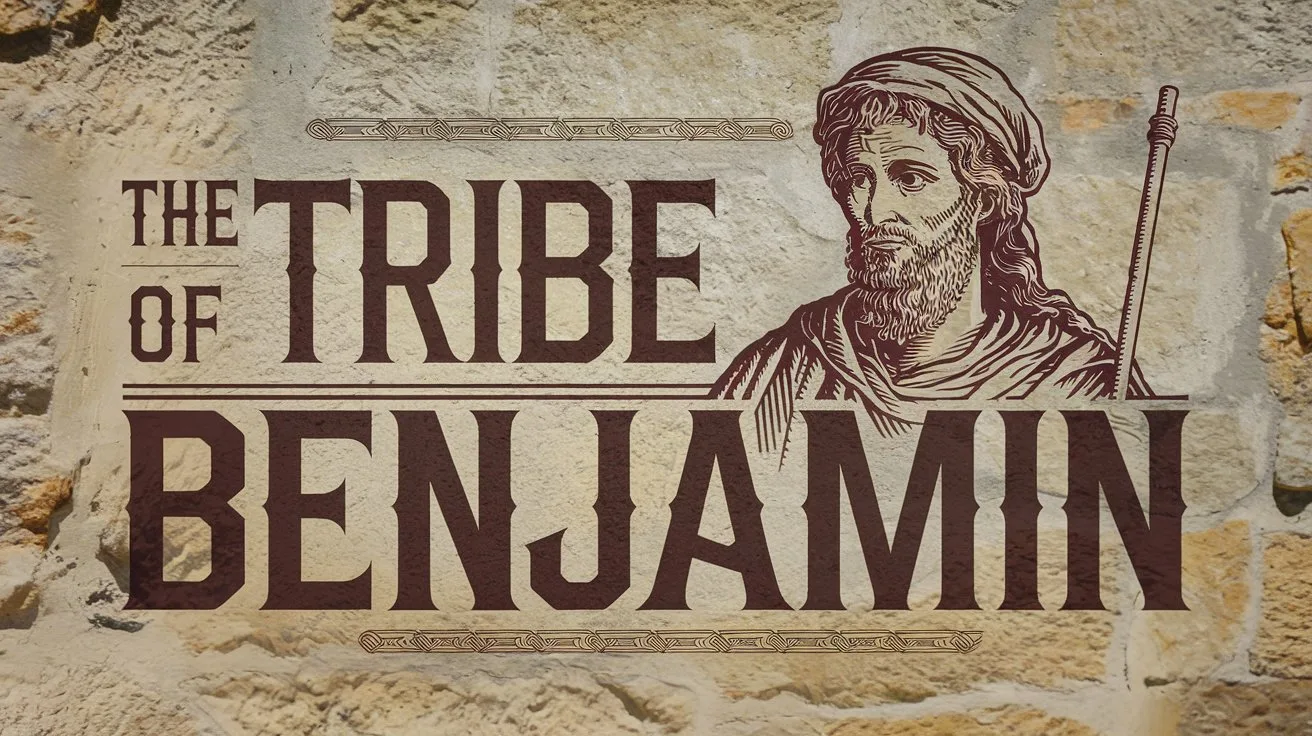Phylacteries, known in Hebrew as tefillin, are small leather boxes containing scrolls of Scripture, traditionally worn by Jewish men during prayer. Though not named directly in the Old Testament, the practice is based on several commands found in the Law, particularly in the Shema.
Deuteronomy 6:6–8 states:
“And these words which I command you today shall be in your heart… You shall bind them as a sign on your hand, and they shall be as frontlets between your eyes.”
Similar commands appear in Exodus 13:9 and Deuteronomy 11:18. These instructions were meant to ensure constant remembrance of God’s Word and obedience to His commandments. The idea was to keep His laws ever before them, in thought (forehead) and in action (hand).
By the time of Christ, the Pharisees had developed the use of phylacteries as a physical application of these verses. However, Jesus rebuked their misuse of them in Matthew 23:5:
“But all their works they do to be seen by men. They make their phylacteries broad and enlarge the borders of their garments.”
The problem was not the phylacteries themselves but the pride and showmanship behind their use. They had become a symbol of religious status rather than a genuine expression of devotion.
Phylacteries serve as a reminder that God’s Word should guide both our thoughts and actions. However, the emphasis in Scripture is internal transformation, not external symbols. The real obedience God desires is not tied to outward objects, but to a heart that treasures His commands.
As believers under the New Covenant, we are called to have God’s law written on our hearts (Hebrews 8:10), not simply tied to our bodies.







